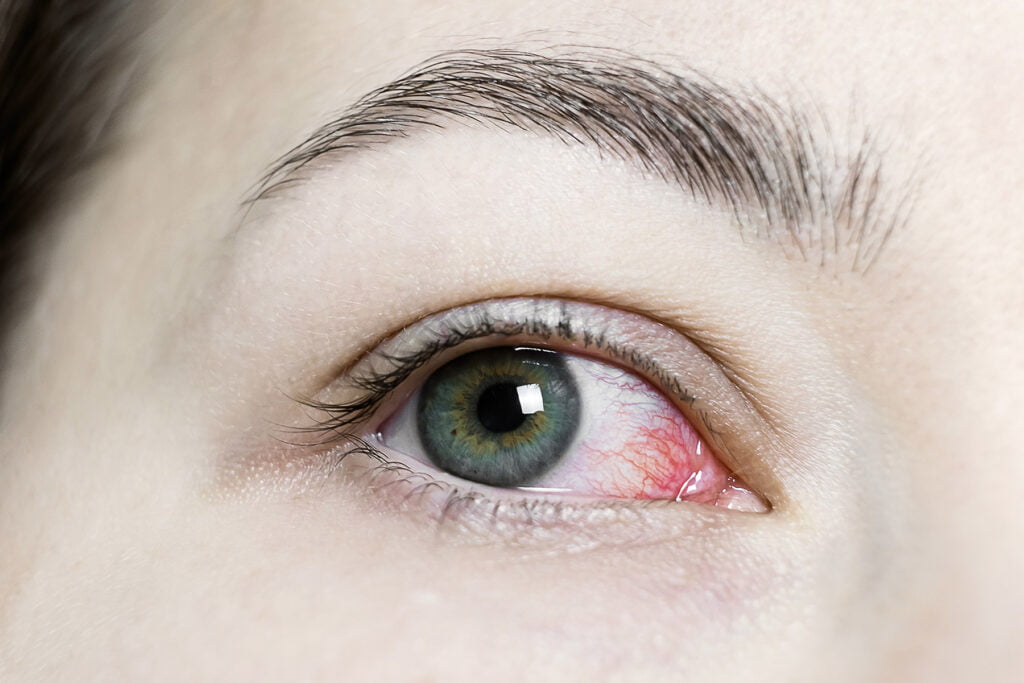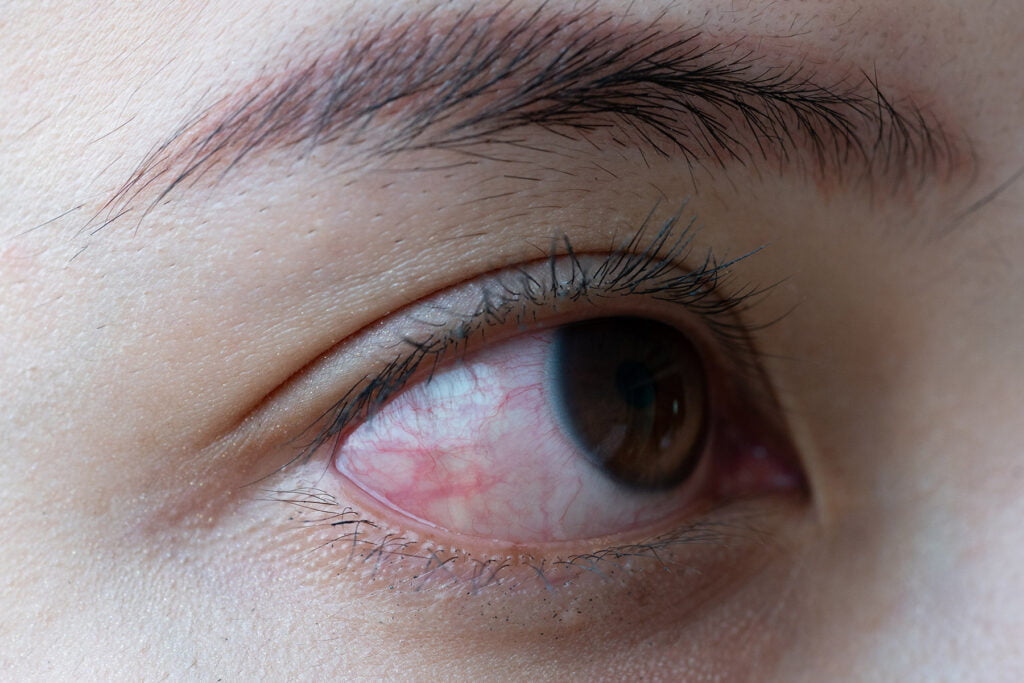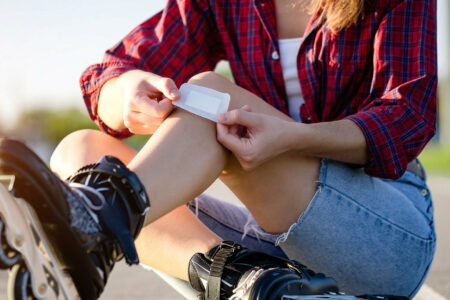Let’s face it, an itchy or sore eye is enough to drive anyone crazy. It’s even more frustrating when your steps to alleviating eye discomfort only results in further irritation.
If you’re experiencing eye discomfort, it’s important that you take the right steps to treat it properly.
What causes eye irritation and soreness?
Common external factors that may irritate the eye include:
● Allergens – such as pollen, dust mites, and mould
● Excessive rubbing
● Contact lenses
● Smoke
● Foreign objects – such as dirt, sand and dust particles
● Digital strain
Common eye conditions that may irritate the eye include:
● Conjunctivitis – also referred to as ‘pink eye’
● Dry eye – occurs when your tear ducts fail to lubricate the eye properly
● Blepharitis – a condition that leads to an inflamed and crusty eyelid
● Styes
● Keratitis – an infection of the cornea
There are so many different causes of eye irritation. Most of these – such as eye strain or small foreign objects – can disappear on their own or be treated at home. More serious issues, like keratitis or conjunctivitis, will most likely require medical treatment.
If you’re experiencing frequent eye irritation, book an appointment with your doctor to discuss possible causes and treatments. Avoid using home remedies to treat any possible infection.
Usually, your doctor will prescribe eye drops, but some conditions may require a surgical procedure.

How to remove a foreign body from the eye
If you believe that you have a small foreign object in your eye – whether it be a wayward contact lens or a grain of sand – you can usually safely remove that object at home by following these steps.
Note: If your eye irritation is being caused by a chemical or solvent, visit your local doctor or emergency department immediately.
If a foreign object – such as a shard of glass or metal – is embedded in your eye, cover it with a hollow cup, and seek emergency help immediately. Do not attempt to dislodge the object or flush it out.
- Wash your hands. Not having clean hands before you attempt to flush out or dislodge a foreign object can lead to further irritation and infection. Refrain from rubbing your eye; this may scratch your cornea.
- Try to determine where the object is in your eye. Check near your eyelids, the cornea (the transparent surface of the eye that covers the iris, pupil, and anterior chamber) or conjunctiva (the mucus membrane that covers the white of the eye).
- While your eyes tend to tear up and wash out foreign objects by themselves, sometimes that doesn’t happen right away. If this is the case, find a clean sink or water source and a towel.
- Position your eye under a tap or water source and flush your eye with running water. If this isn’t possible, use a clean water bottle.
- Continue flushing your eye a few times. Take a towel and pat your eye dry. Check if you have successfully removed the object.
Use AeroWash

You can also use AeroWash Sodium Chloride to flush your eyes. This safe, cleansing, and sterile solution is ideal for cleaning debris from your eyes. It can also ensure that your eyes stay lubricated while using a computer – relieving symptoms of digital strain.
To use:
- Wash your hands thoroughly.
- Tilt your head back and pull your bottom eyelid away from the eye.
- Release one drop of AeroWash into the bottom of the eyelid and gently close the eyes. Do not blink.
- Keep the eyes closed for 1 or 2 minutes, to allow the solution to absorb.
- Wash your hands immediately after using.
Note: Do not allow the tip of the applicator to touch any surface. This may result in contamination, which can cause serious damage to the eye.
What if the object is still there?
If you could not remove the foreign object by yourself, you may need medical help to get it out. If you continue to experience symptoms – such as pain, redness, or abnormal vision – you should seek medical help immediately.



